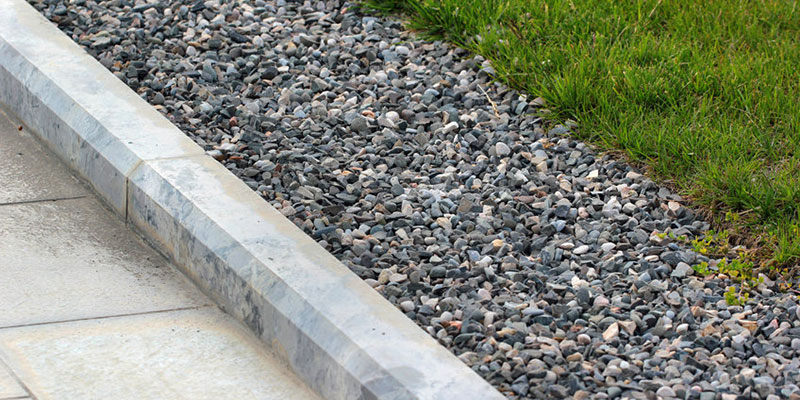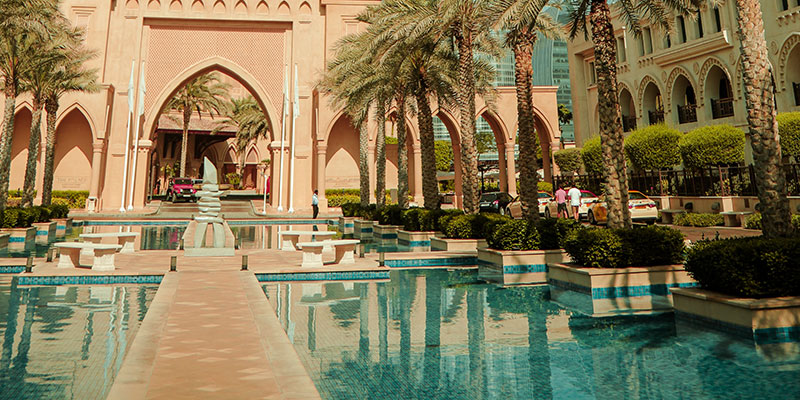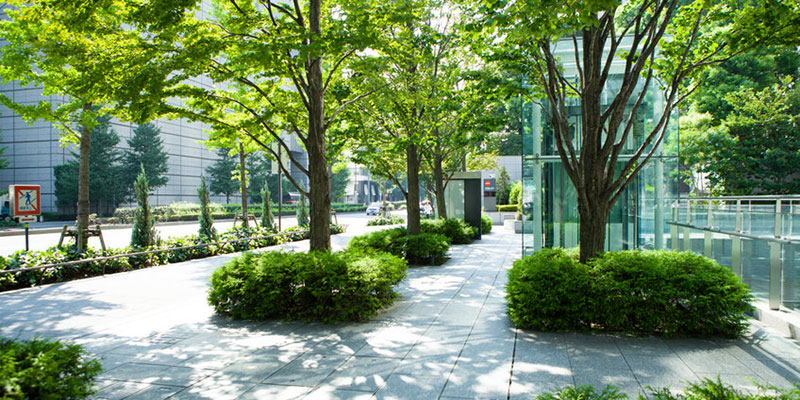Cities have long included drainage systems that whisk away stormwater, but WSUD includes features that allow precipitation to percolate back into the ground.
Designing the urban landscape to preserve water resources is becoming more important as climate change progresses
Water-sensitive urban design (WSUD) is an approach to urban planning that integrates sustainable urban water-cycle management into the built environment to achieve positive ecological and sociocultural outcomes.
Its strategies, such as stormwater reuse and water-efficient landscaping, can increase sustainability while making communities better places to live and work. As urbanization and climate change progress, WSUD is likely to become increasingly important.
The concept of WSUD was developed in Australia in the early 1990s as a move toward sustainable drainage systems for stormwater and away from traditional infrastructure strategies. WSUD is an alternative or adjunct to traditional water management in large cities, which usually relies on large-scale, centralized infrastructure and expensive pipe networks.
Many cities have unbroken miles of impermeable surfaces like roads, parking lots, and buildings. With few areas for water to go, intense rain can cause flooding, aquifer depletion, and subsidence, ultimately damaging the buildings and roads above.
Stormwater has been considered a problem to be removed from the city as quickly as possible. Along the way, it can pick up pollutants or mix with municipal wastewater in sewer systems, leading to environmental risks. With WSUD, the city is designed to moderate flows, and rain is captured to irrigate green spaces and supply water attractions, improving a city’s quality of life.
WSUD has a broad range of objectives. It seeks to:
- Soften the impact of rain on the environment
- Shrink demand on water-supply systems
- Reduce discharges of polluted water
- Collect and treat stormwater and reduce peak urban flows
- Treat wastewater for reuse
WSUD can also include measures to foster cooperation to achieve its policy objectives more effectively.
WSUD Technologies and Practices
With such a broad range of goals, it’s no surprise WSUD requires an extensive toolkit of technologies.
With water sensitive urban design, a city is designed to moderate flows, and rain is captured to irrigate green spaces and supply water attractions.
WSUD may establish multipurpose green spaces that integrate water into the cityscape. Such features can beautify the urban environment while they carry out valuable water purification without requiring pipe networks or mechanical infrastructure.
Green roofs, bioswales, rain gardens, pervious pavement, and other small-scale features are generally established close to where stormwater collects. Artificial wetlands and detention ponds can be constructed to decrease runoff volume and slow its progress, allowing it to percolate into depleted aquifers. Trees and water also help mitigate urban heat islands and improve recreational areas.
Trees added into recreational areas and sidewalks can help mitigate urban heat islands.
Role of Decentralized Wastewater Treatment
Another strategy that is being used alongside WSUD is decentralized wastewater treatment, which means placing smaller, scaled-to-fit infrastructure at the source of need. It’s another way to use efficient newer strategies to complement large, central infrastructure or even supersede it.
Small, modular plants like Fluence’s Aspiral™ make decentralization easy. The MABR-based plants can be used in neighborhoods, industrial operations, and campuses — even for individual buildings. They can ease the burden on central infrastructure, and their high nutrient removal provides a new stream of usable water for nonpotable applications like toilet flushing, street cleaning, and landscape irrigation.
Aspiral™ units are packaged in shipping containers that are easily hidden, and produce little odor or noise, so they can escape notice even in tight urban quarters.
Contact Fluence to learn more about decentralized treatment to complement your water-management assets. And with BOO and BOOT financing through our Water Management Services, your service area can get the infrastructure it needs with no upfront investment.



